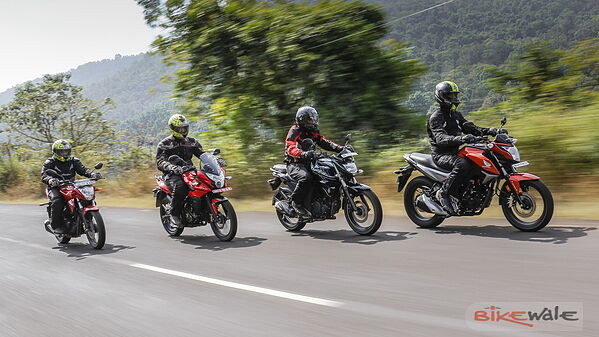
One might think that motorcycles would marginally affect the air pollution, but the collective contribution can significantly add to the air pollution. The stricter norms will likely be announced this week.
Earlier this month, road transport minister Nitin Gadkari had announced that BS-VI emission norms should be introduced by 2020 and that these norms would apply to all vehicles. At least, 80 per cent of all types of vehicles sold annually in India are two-wheelers, which results in nearly four to five times more oxides of nitrogen (NOx) than petrol cars. Of the total 1.97 crore vehicles sold in India in 2014-15, two-wheelers accounted for 1.6 crore.
Sources said the government is now likely to specify that BS-VI standards will apply to two-wheelers as well. "Studies have suggested that pollution caused by two-wheelers is very high in cities such as Delhi. While we support the industry as it is a vehicle for middle-income groups, two-wheelers need to comply with stricter emission norms," said a government official
According to government norms, NOx emission limit for a BS-IV petrol car is 0.08 gram per km but for a two-wheeler, it is 0.39 gram per km. BS-IV norms for two-wheelers have been notified and become effective from April 2016 for new models and April 2017 for the existing models.
The norms are stricter in case of two-wheelers produced in Europe where the NOx emission limit is 0.07 gram per km. These standards came into effect from January 1.
Source – ETAuto
![Royal Enfield Classic 350 [2020] Image Royal Enfield Classic 350 [2020] Image](https://imgd.aeplcdn.com/272x153/bw/models/royal-enfield-classic-350-single-channel-abs--bs-vi20200303121804.jpg?q=80)





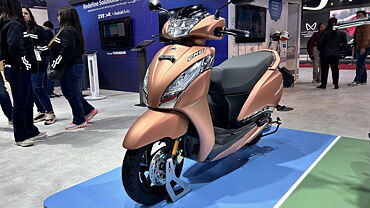

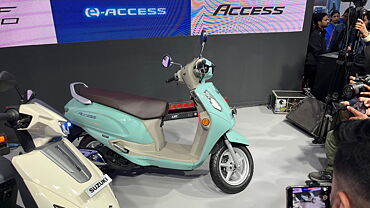
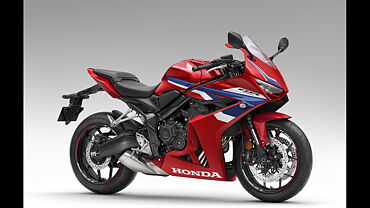
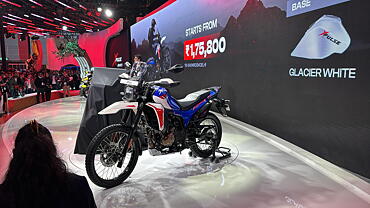
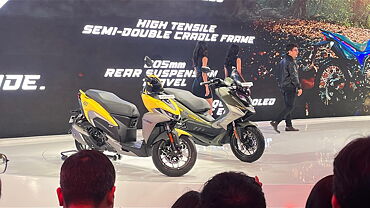
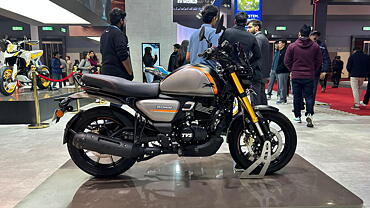
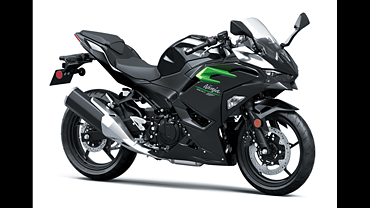

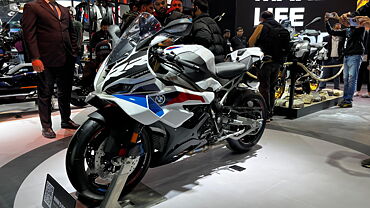
![Royal Enfield Classic 350 [2020] Right Side Royal Enfield Classic 350 [2020] Right Side](https://imgd.aeplcdn.com/199x112/n/cw/ec/49653/royalenfield-classic-right-side33.jpeg?q=80)
![Royal Enfield Classic 350 [2020] Right Side Royal Enfield Classic 350 [2020] Right Side](https://imgd.aeplcdn.com/199x112/n/cw/ec/49653/royalenfield-classic-right-side13.jpeg?q=80)
![Royal Enfield Classic 350 [2020] Right Side Royal Enfield Classic 350 [2020] Right Side](https://imgd.aeplcdn.com/199x112/n/cw/ec/49653/royalenfield-classic-right-side17.jpeg?q=80)
![Royal Enfield Classic 350 [2020] Front Three-Quarter Royal Enfield Classic 350 [2020] Front Three-Quarter](https://imgd.aeplcdn.com/199x112/n/cw/ec/49653/royalenfield-classic-front-three-quarter1.jpeg?q=80)
![Royal Enfield Classic 350 [2020] Side Royal Enfield Classic 350 [2020] Side](https://imgd.aeplcdn.com/468x263/n/cw/ec/49653/royalenfield-classic-side0.jpeg?q=80)







![KTM 390 Adventure X [2025] KTM 390 Adventure X [2025]](https://imgd.aeplcdn.com/272x153/n/cw/ec/190885/390-adventure-x-2025-right-side-view.jpeg?isig=0&q=80)